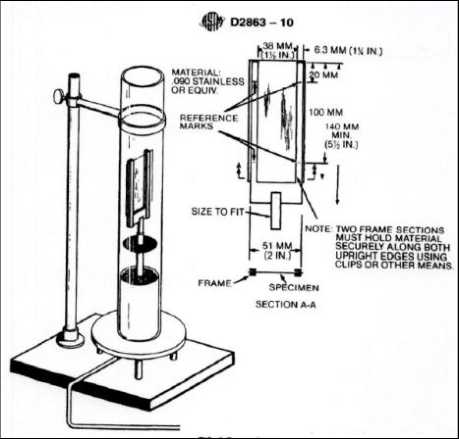- Qinsun Instruments Co., Ltd.
- Tell:+86-21-6780 0179
- Phone:+86-17740808215
- Address:No. 2578 Minhang District Gu Dai Road, Shanghai
- Contact:Mr. Li
- QQ:846490659
Maintenance of dissolved oxygen analyzer

1. Daily maintenance: The daily maintenance of instruments mainly includes regular cleaning, calibration, and regeneration of electrodes.
(1) The electrodes should be cleaned once every 1-2 weeks. If there are pollutants on the membrane, it can cause measurement errors. Be careful not to damage the diaphragm during cleaning. Rinse the electrode in clean water. If the dirt cannot be removed, carefully wipe it with a soft cloth or cotton cloth.
(2) Zero and range should be rechecked every 2-3 months.
(3) The regeneration of electrodes is carried out approximately once a year. When the measurement range cannot be adjusted, it is necessary to regenerate the dissolved oxygen electrode. Electrode regeneration includes replacing the internal electrolyte, replacing the membrane, and cleaning the silver electrode. If there is oxidation observed on the silver electrode, it can be polished with fine sandpaper.
(4) If electrode leakage is found during use, the electrolyte must be replaced.
2. Instrument calibration: The calibration method for instruments can generally use standard liquid calibration or on-site sampling calibration.
(1) Standard solution calibration method: Standard solution calibration generally adopts two-point calibration, namely zero calibration and range calibration. The zero calibration solution can be a 2% Na2SO3 solution. The range calibration solution can be selected as a 4M KCl solution (2mg/L) based on the instrument measurement range; 50% methanol solution (21.9mg/L).
(2) On site sampling calibration method (Winkler method): In practical use, the Winkler method is often used for on-site calibration of dissolved oxygen analyzers. There are two situations when using this method: when sampling, the instrument reading is M1, the assay analysis value is A, and when calibrating the instrument, the instrument reading is still M1. At this time, only adjust the instrument reading to be equal to A; When sampling, the instrument reading is M1, the assay analysis value is A. When calibrating the instrument, the instrument reading changes to M2. At this time, the adjusted instrument reading cannot be equal to A, but should be adjusted to A/M1 × M2.
3. Precautions during use: Due to the high signal impedance of the dissolved oxygen electrode (about 20M Ω), the maximum distance between the dissolved oxygen electrode and the converter is 50m; The dissolved oxygen electrode should also be in working condition when not in use and can be connected to the dissolved oxygen converter. Electrodes that have been left for a long time or regenerated (by replacing the electrolyte or membrane) should be polarized in an anaerobic environment for 1-2 hours before use; Due to the significant impact of temperature changes on the diffusion and oxygen solubility of the electrode film, calibration requires a longer time (about 10 minutes) to achieve equilibrium of the temperature compensation resistance; The oxygen partial pressure is related to the altitude of the region, and the instrument must be compensated according to the local atmospheric pressure before use; When measuring the high salt content of a solution, a solution with an equivalent salt content should be used for instrument calibration; For flow measurement methods, the minimum flow rate through the electrode is required to be 0.3m/s.





